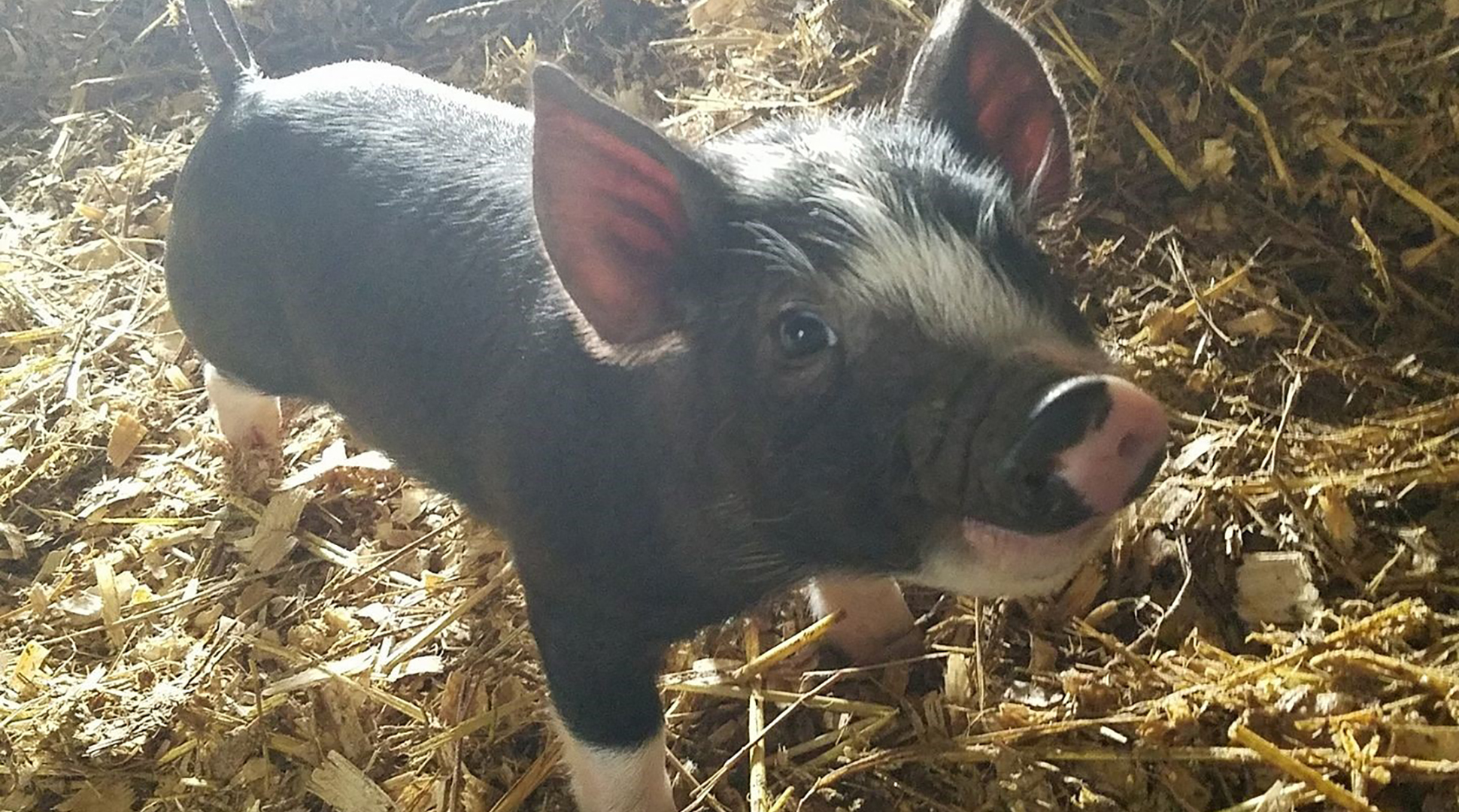by Wanda Patsche
What is the best way to house sows? Is it gestation crates? Is it group housing? For most people, sow housing raises a lot of questions. Let me start with saying,
“There is NO perfect sow housing. None. Nada.”
When housing pregnant sows indoors, there are two basic options: Keep pigs in groups or put them in individual gestation stalls. Market hogs (used for food) are housed in groups. So why are sows housed individually? Because they behave differently.
A little background information about our farm . . .
We have farmed for nearly 40 years and during those years, our farm has changed significantly. Those changes have either improved our lives as farmers, improved the lives of our animals or a combination of both.
Starting with a 96-sow herd, our sows were housed outdoors because frankly, that was our only option. As beginning farmers we were thrilled that we were following our dreams. Our farm consisted of four outdoor dirt lots separated by a fence. Each lot contained a group of 24 sows. They remained in the outdoor lot until it was time for them to give birth, where they were moved into a farrowing (giving birth) barn. They remained in the farrowing barn through the birthing process and until the piglets are weaned, which is about three weeks.
Having sows outdoors was wonderful on the sunny, 70-degree days with a warm breeze blowing across your face. But, unfortunately, we have 5 days a year like that in Minnesota (okay, maybe a little exaggeration). It seems like either it’s too windy, too hot, too cold, too dry, too wet, too sunny, etc. You get the picture.
In a nutshell, weather varies a lot in Minnesota.
We continued raising pigs in this manner for a few years. But we always knew we needed to make changes if we wanted to raise pigs long-term. Mother Nature is not kind many days. One particular incident I remember like it was yesterday was a perfect example of why we needed to change how we housed our animals.
The negative aspect of housing sows outdoors.
Shortly after a thunderstorm, a sow gave birth to piglets outside. She didn’t make it in time to farrow (give birth) in the farrowing barn. Even with the best planning, sometimes births happen outdoors. Unbeknownst to us, another sow picked up each of those baby piglets, took them outdoors and drowned them in a mud puddle.
Every single one.
The sight made us sick. Both my husband and I looked at each other in bewilderment as we removed each one of those ten healthy piglets from the mud puddle. We both agreed that day, there must be a better way to take care of our animals. That day we felt like failures. Absolute failures. So was the beginning of our journey to build a gestation barn with individual gestation pens.
Read the rest of Wanda's post on her blog Minnesota Farm Living
